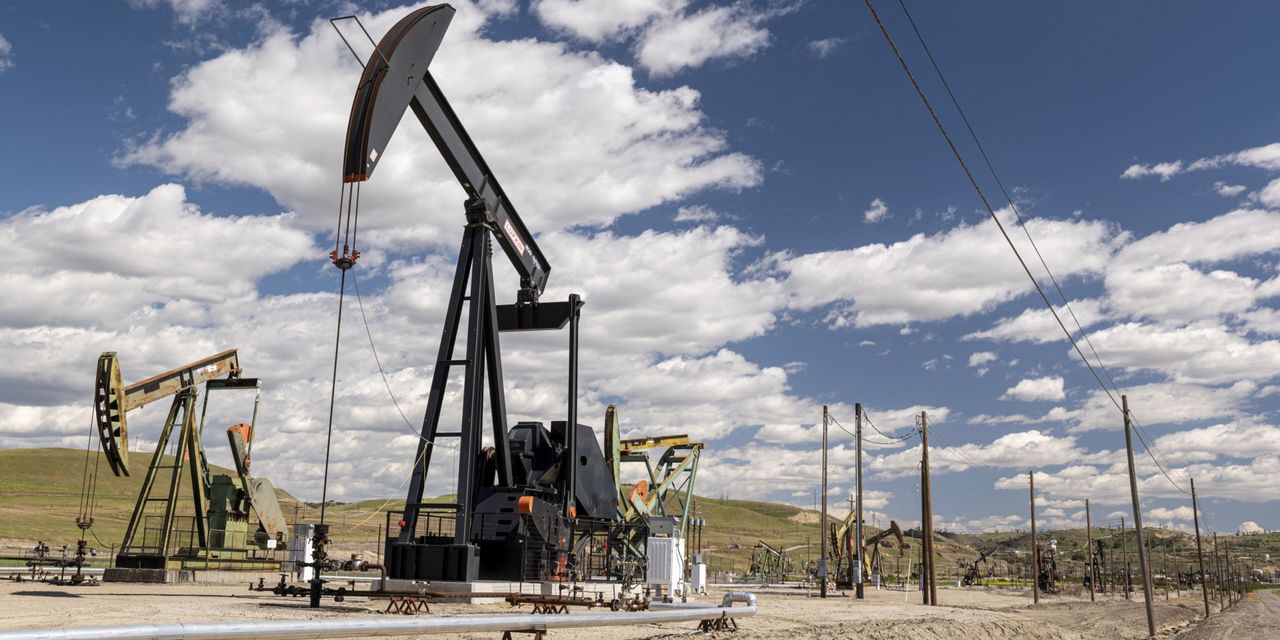U.S. oil prices rose to six-year highs as an OPEC deadlock raised the prospect of a summer in which crude production fails to keep up with rebounding demand from the crush of drivers hitting the roads.
Futures for West Texas Intermediate, the main grade of U.S. crude, jumped 2.4% from Friday’s close to $76.95 a barrel—their highest level since the energy-price crash of late 2014. Brent crude, the benchmark in global energy markets, rose 0.8% to $77.77 a barrel having rallied when the OPEC meeting was called off on Monday.
The jump extended U.S. crude’s advance this year to almost 60%, a surge powered by a revival in consumption of fossil fuels as vaccines roll out and major economies unlock. The Organization of the Petroleum Exporting Countries and its allies, led by Russia, have continued to hold millions of barrels a day in the ground each day, limiting supplies.
Drivers are feeling the pinch at the pump. Heading into the July 4 weekend, Americans faced the steepest gasoline prices in nearly seven years at a national average of over $3 a gallon.
The latest climb in crude markets came after a Saudi Arabia-backed deal to boost output and tame the price rally failed to garner agreement. The United Arab Emirates refused to agree, prompting the group to cancel Monday’s planned meeting.













































